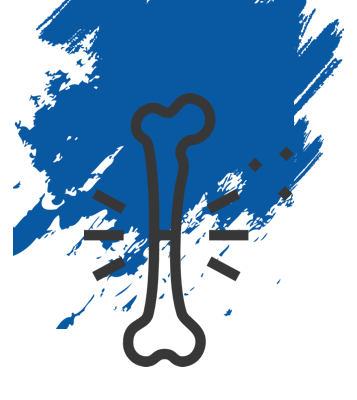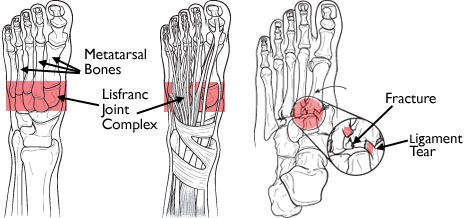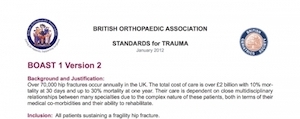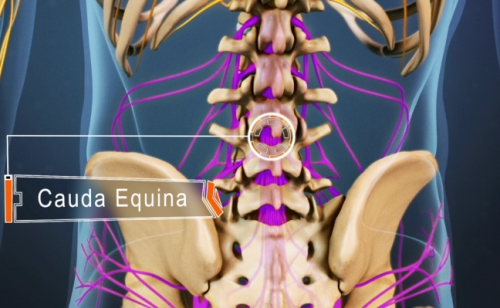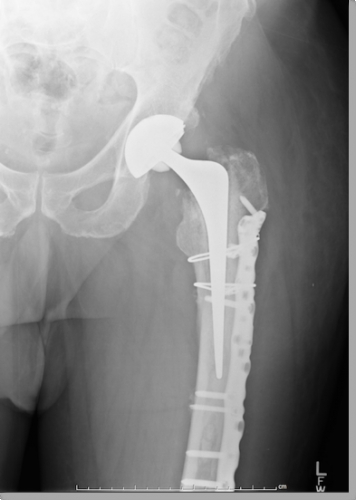
Up till now you may have kept a fairly arbitrary CV chronicling all of the courses you have attended and past glories as a school prefect. You probably have a vast amount of information and knowing how to present this in a manner that is both engaging and easy for interviewers to read can be tricky.
In the below article we summarise some of the tips from our popular ST3 Knowledge Course to help you write and layout your CV in a way that will maximise the impression you leave on interviewers and, hopefully, points scored at the portfolio station.
Layout
Structure and Headings
The first step is deciding upon what headings you are going to use for your CV. For ST3 Trauma and Orthopaedic Surgery we recommend sticking closely to the themes described in the Person Specification to help interviewers to quickly see what you have demonstrated in each of these domains. We recommend the below headings as a good starting point:
- Personal Details
- Qualifications
- Achievements
- Appointments/Jobs
- Publications
- Presentations
- Teaching
- Management
- Research
- Audits
- Logbook
- Courses
- Extracurricular
- Statement of Intent
- References
Front Page
This might sound obvious but the front page is the first thing that the interviewers will see when they pick up your CV. It’s kind of a big deal.
There are two real options for your front page: a cover page or straight into the first page.
Both options have advantages and disadvantages. A cover page looks neat and should feature your full name followed by qualifications to draw attention to your academic achievements. Going straight to your first page has the advantage of focussing more attention on it and reducing the amount of pages the interviewer needs to flick through. There is no right or wrong answer, just personal preference.
Cover page aside the first page should be composed of your personal details and qualifications taking up half the page. The remainder of the page should demonstrate your biggest achievements and key selling points.
The first page should be treated as the front page of a newspaper showing your most important headlines so that interviewers can immediately see what you are offering before they start looking a individual sections. This not only saves time but also gives a great first impression which is likely to stick in the interviewer’s mind as he/she looks through the rest of your CV.
Ordering Your CV
Though your CV should cover the domains outlined in the Person Specification (as this is what you will be scored against) there is no necessity to follow any set order for presenting these in your CV.
We recommend putting your best areas towards the front of your CV. Interviewers have limited time to review your CV/Portfolio and will have looked through lots of other CVs on the day. Putting your best bits first ensures that they are not skimmed through or overlooked by a tired/bored interviewer.
In practical terms if your ‘teaching’ section is much stronger than your ‘audit’ section then put ‘teaching’ ahead of ‘audit’,
Subheadings
The above main headings can be easily divided into subheadings that make life even easier for interviewers.
For example ‘presentations’ can be quickly divided into ‘Posters’ and ‘Podium’ and the again into ‘International’, ‘National’, ‘Regional’ and ‘Local’.
Chronology
When adding content under the above heading put the most recent events and work at the top with other points descending in date. This shows your most recent work easily and is the accepted format in most CVs.
Content
How Many Pages?
Most people’s CVs span around 1-2 pages and if you were applying for a job in the city any more than this would be frowned upon. In medicine, however, the average Doctor’s CV tends to run for 7+ pages to accommodate headings demonstrating competencies and examples of how you meet the person specification.
Should I Include…?
If this is your second, third or fourth attempt at the interviews you may well have amassed a significant volume of historic audits that you may well have forgotten about.
Keeping these in your CV/Portfolio is ok but remember that you will need to be able to discuss them in detail if you are asked about them. Removing audits from over 24 months ago is also ok but make sure you are prepared to talk about what you did in this time if you are asked.
Indeed, even if this is your first sitting including your 10M swimming certificate and Duke of Edinburgh Bronze award is unlikely to score you any points but will certainly take up space. Be ruthless and try to cut our anything that isn’t directly relevant.
Verbosity
Try not to put in too much text. This takes up space and it is unlikely to be read in its entirety by interviewers with limited time. Try to explain any things such as teaching events with focused bullet points outlining what you did and what you gained.
Design
Font
Size 18 Comic Sans is not going to give a good impression. Arial is simple and sized at 10 or 11 will give you a good economy of words per page. Other options are Helvetica or Times New Roman. Again there is no right or wrong option (other than comic sans) so try a few different variations to see which suits you best. Whatever you choose stick to this font for the entire CV and don’t mix and match.
Colours
Colours are not required but can help draw attention to areas of your CV. In a similar vein to ‘Font’ try to keep things simple and, if you are going to use a colour try to stick to one only that helps divide sections or offsets the header/footer area.
Dividers
A simple line can help to split up sections and divide your CV preventing it from becoming a giant block of text. Again there are a few options involving colours or boxes so try a few and decide which you like, but remember, keep it simple.
Headers/Footers
The header/footer area should feature your name on each page (in case the interviewers forget). Don’t go overboard and grey scaling the text can prevent it drawing attention away from your content.
Review, Edit, Review
Once you are near happy review your CV and check for spelling errors. Get someone else to do the same and edit it again after a short break. Try to get your CV sorted by Christmas so that you can prepare your portfolio.
- Download our FREE ST3 Orthopaedic CV Template
